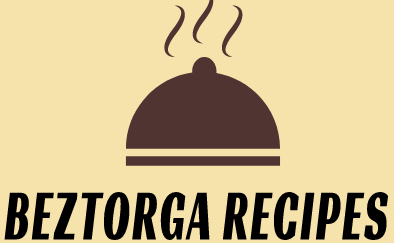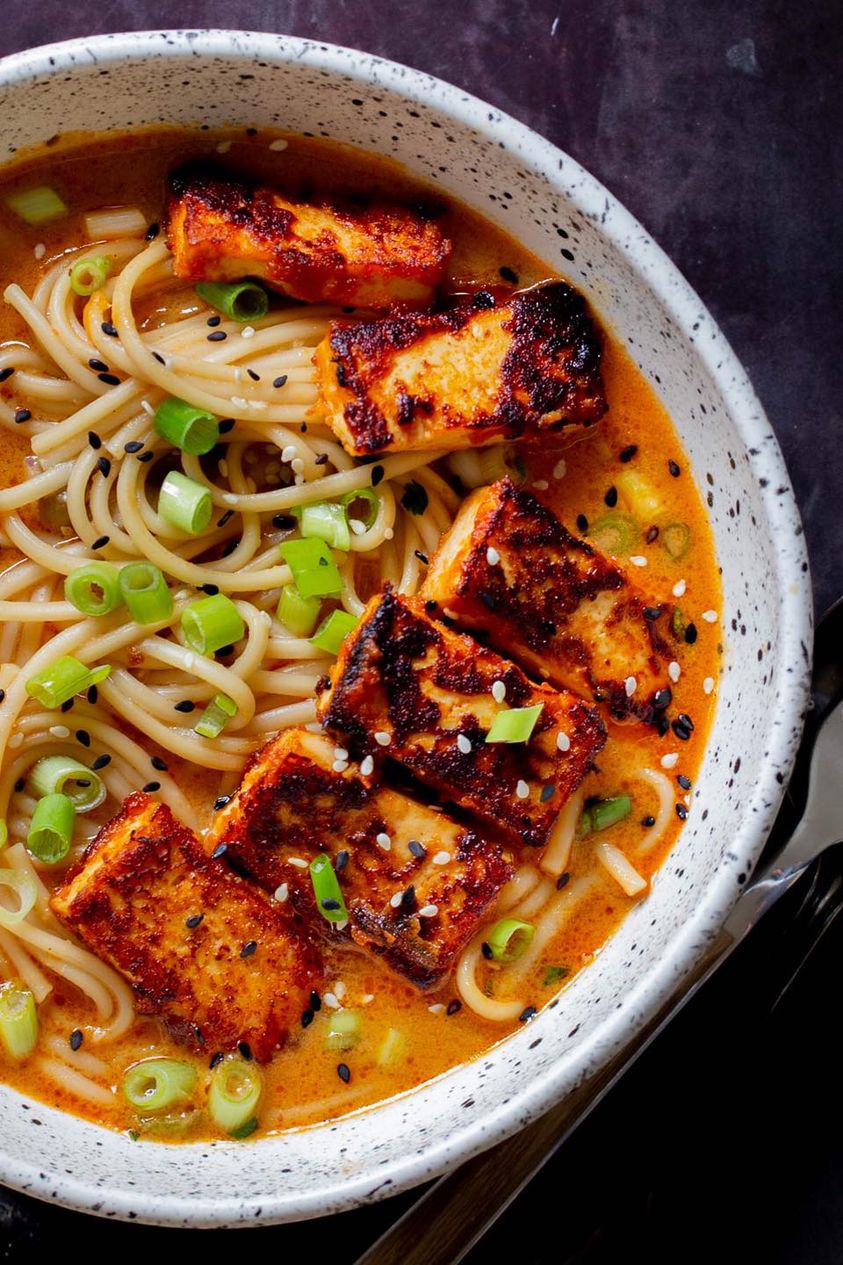Spicy Peanut Butter Ramen is a culinary marvel that marries the comforting warmth of traditional ramen with the rich, creamy allure of peanut butter, all while delivering a fiery kick of spice that tantalizes the taste buds.
At first glance, it may seem like an unlikely combination, but with each spoonful, its complexity and depth of flavor unfold, leaving a lasting impression that lingers on the palate.
Picture a steaming bowl of noodles, perfectly cooked to a tender yet toothsome texture, swimming in a velvety broth that boasts a creamy consistency,
thanks to the addition of smooth, nutty peanut butter. This unexpected ingredient adds a luxurious richness to the broth, elevating it from ordinary to extraordinary. But the magic doesn’t stop there.
The heat of the dish comes from a carefully balanced blend of spices, which dance harmoniously with the creamy peanut base. Whether it’s the subtle warmth of chili flakes or the bold punch of sriracha, each element contributes to a symphony of flavors that unfolds with every slurp.
The spiciness builds gradually, teasing the palate and keeping you coming back for more, while never overwhelming the other components of the dish.
But Spicy Peanut Butter Ramen is more than just a sensory experience—it’s a journey of culinary exploration. It challenges preconceived notions of flavor pairings, inviting diners to embrace the unexpected and discover the beauty of fusion cuisine. It’s a testament to the creativity and ingenuity of chefs who are unafraid to push the boundaries of tradition in search of something truly extraordinary.
With its comforting warmth, creamy richness, and fiery spice, Spicy Peanut Butter Ramen is a dish that defies expectations and delights the senses. It’s a culinary adventure waiting to be savored, one spoonful at a time.
Spicy peanut butter ramen is an absolute comfort food recipe with a delicious, creamy broth, gochujang flavors, lots of ginger and garlic, topped with Gochujang tofu. It’s a 30-minute, One-pan meal. The noodles are cooked directly in the broth, so you only need one pot.
Prep Time:10minutes mins
Cook Time:20minutes mins
Total Time:30minutes mins
Ingredients
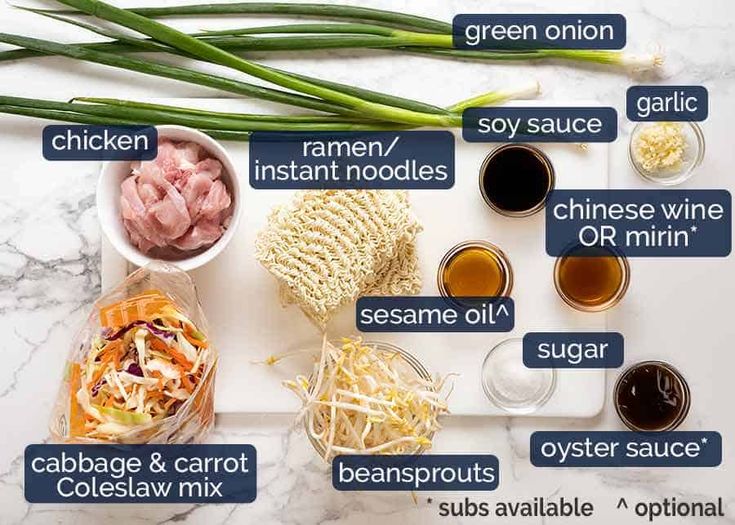
the crispy gochujang garlic tofu:
- 10 oz (283.5 g) firm or extra firm tofu pressed for at least 15 minutes and
- sliced into rectangles or cubes or whatever shape you like
- 2 teaspoons soy sauce or tamari
- 2 teaspoons gochujang
- 1/2 teaspoon garlic powder
- 1 teaspoon sesame oil
- 1 tablespoon cornstarch or tapioca starch
the peanut butter ramen:
- 1 teaspoon oil optional
- 6 oz (170.1 g) sliced mushrooms such as white or cremini or portabella
- 2 tablespoon ginger-garlic paste or you can mince or blend 1 inch of
- ginger and 3 cloves of garlic with a few teaspoons water, to make a paste and use
- 3 tablespoons smooth peanut butter
- 1 tablespoon gochujang or other Asian chile sauce
- 1 tablespoon maple syrup
- 2 tablespoons soy sauce or tamari
- 4-6 cups (1182.94 ml) water or stock
- 6 oz (170.1 g) ramen or thin udon noodles
garnish:
- lime wedges, green onions, sesame seeds
Instructions
Make the gochujang garlic tofu.
Press and cube the tofu if you haven’t already and add it to a bowl.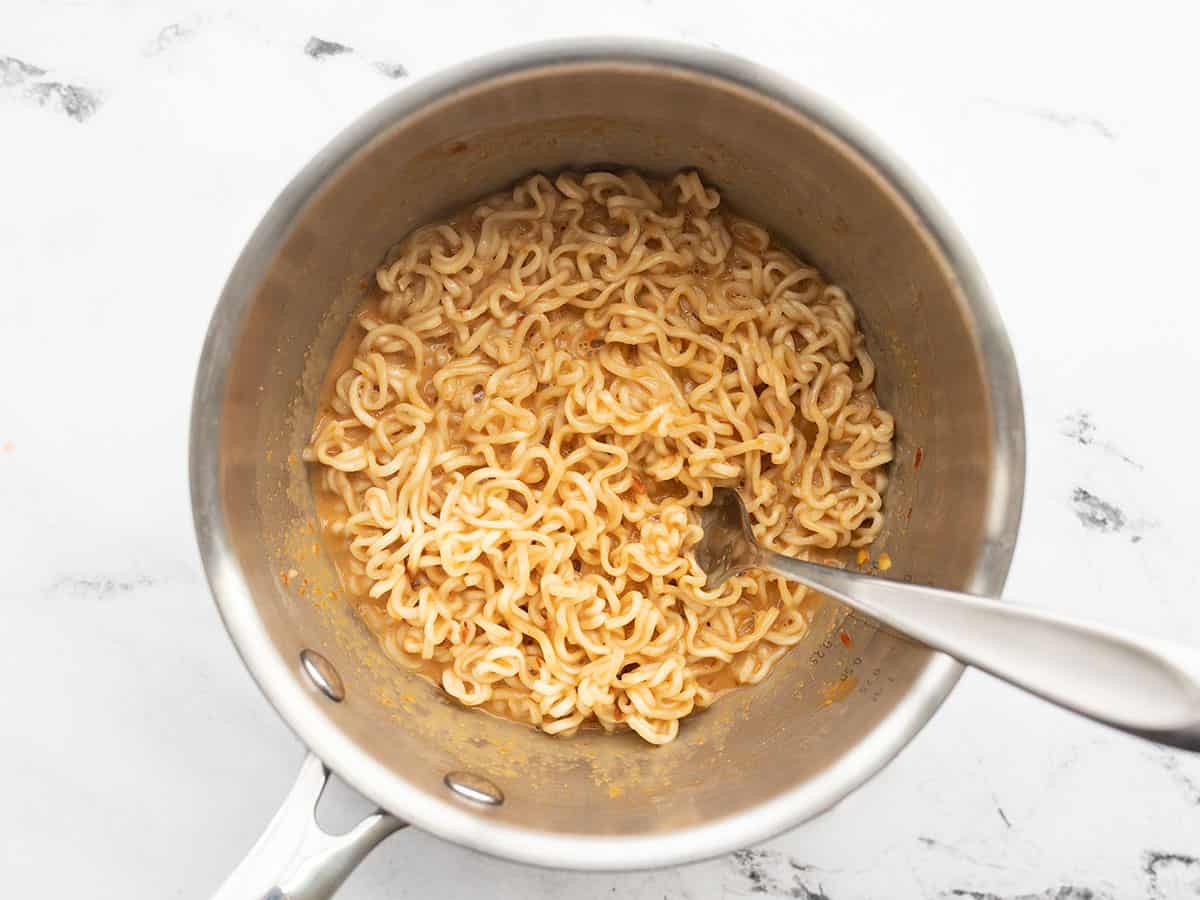
In a small bowl mix the soy sauce, gochujang, garlic powder, and sesame oil and pour it over the tofu. Toss well to coat. Add 2 teaspoons of the cornstarch and toss well. If the mixture is still somewhat wet then add the rest of the cornstarch and toss well.
Then either bake the tofu: transfer the tofu cubes to a parchment-lined baking sheet and bake it at 400ºF (205c) for 20-25 minutes , or transfer them to a hot wok with a teaspoon of oil and cook them until they are crisp on most of the edges, about 5-6 minutes.
Make the ramen:
I use the same wok for making the tofu as well as the ramen. Remove the tofu once crisp from the pot and then make the ramen. Add oil, mushrooms, and a good pinch of salt and cook for 2-3 minutes to brown the mushrooms on some of the edges. Then add the ginger-garlic paste, peanut butter, gochujang, and soy sauce and mix really well. Add 1/4 cup of the water or broth and mix in. Mix well to incorporate the peanut butter.
Bring the mixture to a boil then gradually add the rest of the broth. Mix and Bring to a good rolling boil, then add your noodles. Press to submerge in the boiling broth, then cook them according to the time on the packaging. Ramen noodles will cook pretty quickly, within 3-4 minutes, while udon noodles will take around 7-8 minutes.
Once the noodles are cooked to your preference, switch off the heat. Taste and adjust salt and flavor. If you want it sweeter then you can add more maple syrup. You can more salt if needed or some black pepper for extra heat.
To serve, ladle the broth into your serving bowls. Then transfer some of the noodles with mushrooms to your serving bowls. Top it with the crispy tofu, a squeeze of lime or lemon, lime wedge, green onions, and sesame seeds, and serve.
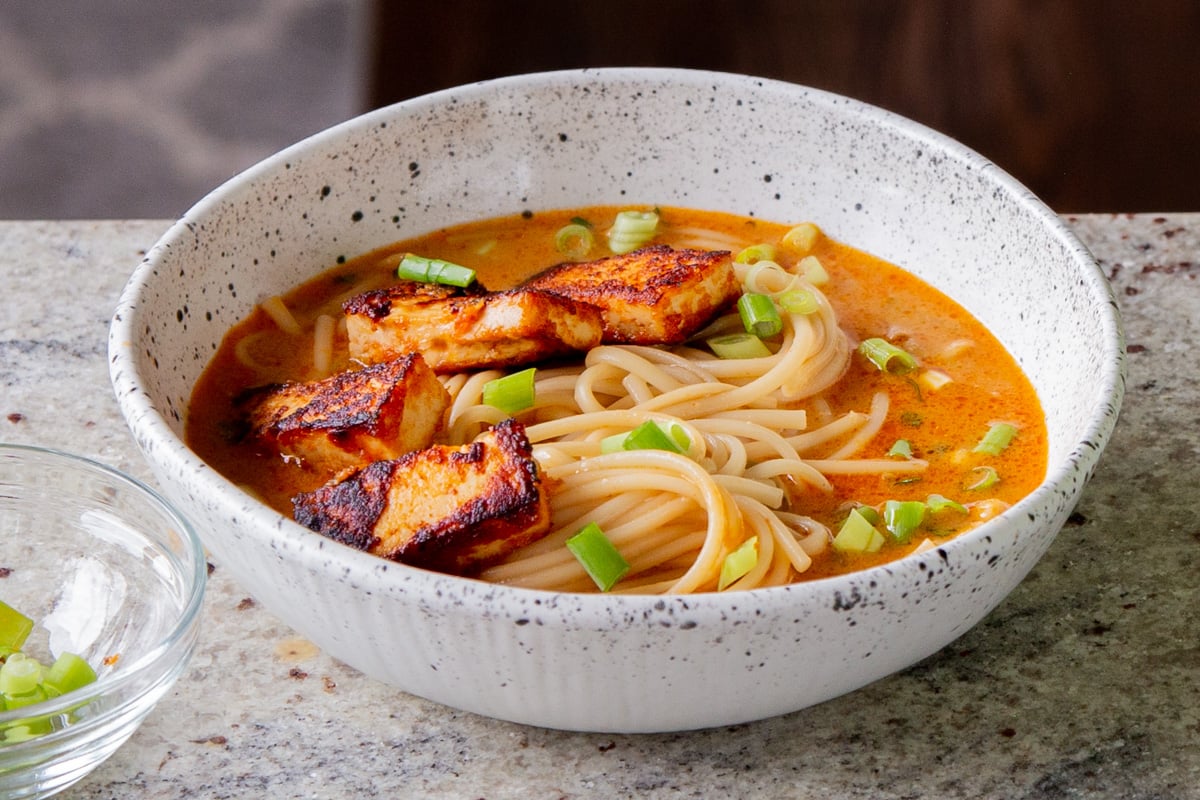
To make ahead: cook the noodles separately and store. Crisp up the tofu and store. Add only 3 cups broth and boil and refrigerate after cooling. To serve, bring the broth to a boil, add noodles and serve. Refrigerate for up 3 days.
Notes
Nutfree: use sunflower butter or almond butter instead of peanut butter for Peanut-free
Glutenfree: Use Glutenfree noodles, use tamari instead of soy sauce. ensure that Gochujang is gluten-free
Soy-free: Use chickpea tofu instead of tofu, coconut aminos for the soy sauce. Gochujang often has soy, so use 2 teaspoons each of gochugaru pepper flakes, chickpea miso, coconut aminos and. 1 teaspoon maple syrup to make your own Gochujang.
** Use 3.5-4 cups for noodle stir fry kind of result , 6-7 cups for more brothy noodles . Liquid content also depends on the type of noodles and the brand. Ramen that cook faster will absorb less. Udon will absorb more. I mostly use udon and the recipe reflects corresponding liquid amount.
